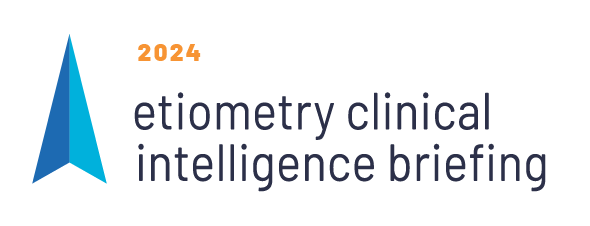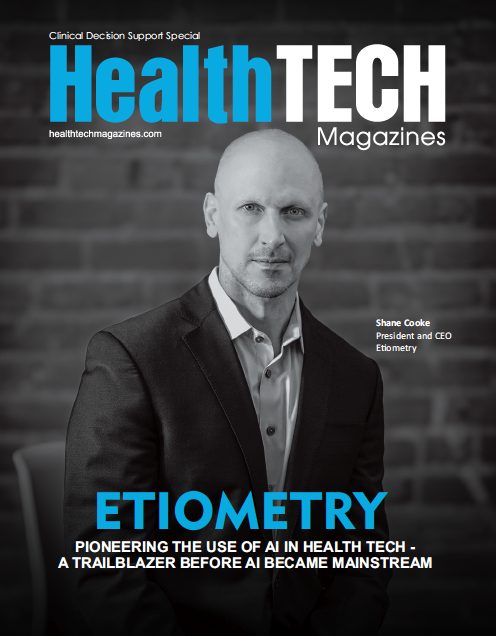Etiometry Receives FDA 510(k) Clearance on its first Algorithm, the IDO2 Index Powered by the Risk Analytics Engine
News and Press Releases

First in Etiometry’s New Family of Risk Analytics Algorithms Tracks the Clinical Risk of Inadequate Oxygen Delivery to Critically Ill Patients in ICUs
BOSTON, October 4, 2016—Etiometry, a pioneering leader in next-generation patient monitoring, has received FDA 510(k) clearance for the first of its Risk Analytics Algorithms. Based on patient-specific data and models of human physiology, these Risk Analytics Algorithms inform physicians and nurses in the intensive care unit (ICU) through Etiometry’s T3 Visualization & Data Aggregation Software.
“The Inadequate Oxygen Delivery (IDO2) Index Powered by the Risk Analytics Engine is the first of many Etiometry algorithms that we are bringing to market,” said Etiometry COO Evan Butler. “With the IDO2 algorithm, doctors and nurses can quickly assess the risk of inadequate oxygen delivery alongside traditional measures of the patient’s status in a manner that clearly visualizes the patient’s trajectory. This solution can be deployed in the ICU and accessed by critical-care providers using computers or mobile devices secured by the hospital’s network.”
According to Etiometry CTO Dr. Dimitar Baronov, “Our unique technology combines mechanistic models of human physiology and aerospace navigation techniques, which is Etiometry’s innovative approach for efficiently creating new algorithms by following a detailed and proprietary methodology. Rather than creating isolated algorithms to estimate adverse patient outcomes, Etiometry’s innovative technology tracks the patient continuously and comprehensively, with a focus on helping mitigate the patient harms that can lead to these outcomes.”
The algorithm continuously assesses patient-specific risk of inadequate oxygen delivery by computing an IDO2 Index that reflects the likelihood that a critically ill baby in an ICU is experiencing this harmful physiologic state at any given time. An elevated IDO2 value means there is an elevated risk of inadequate oxygen delivery and attention should be brought to the patient. The IDO2 Index is computed based on multiple physiologic measures and laboratory results collected by T3 Visualization & Data Aggregation.
The new algorithm is immediately available from Etiometry. Butler stated, “This solution allows hospitals to improve the quality of care given to newborn children in ICUs by delivering actionable information through data consolidation, enhanced visualization and analytics.”About Etiometry
Etiometry Inc. is the leader in clinical decision-support software for the intensive care environment. Our technologies provide valuable clinical insight and analysis to support early recognition of subtle changes in patient condition to avoid complications and speed recovery. Etiometry is committed to improving patient outcomes, increasing clinical efficiency, and lowering costs of care through the more effective use of all available data.
For more information, visit www.etiometry.com.


